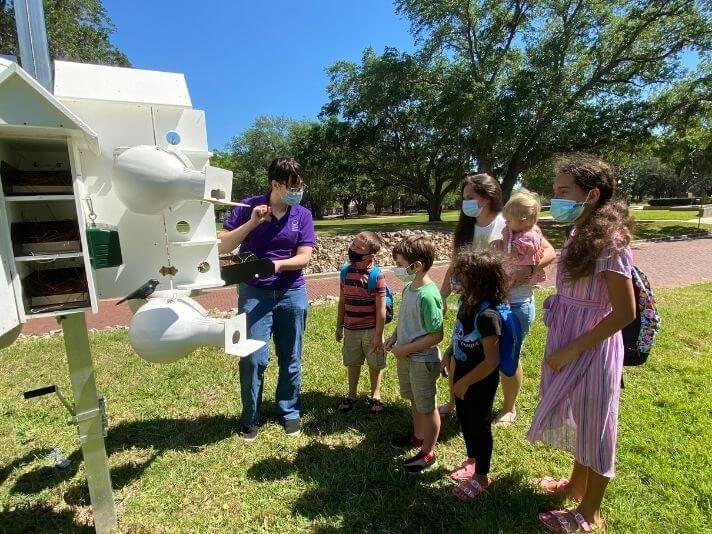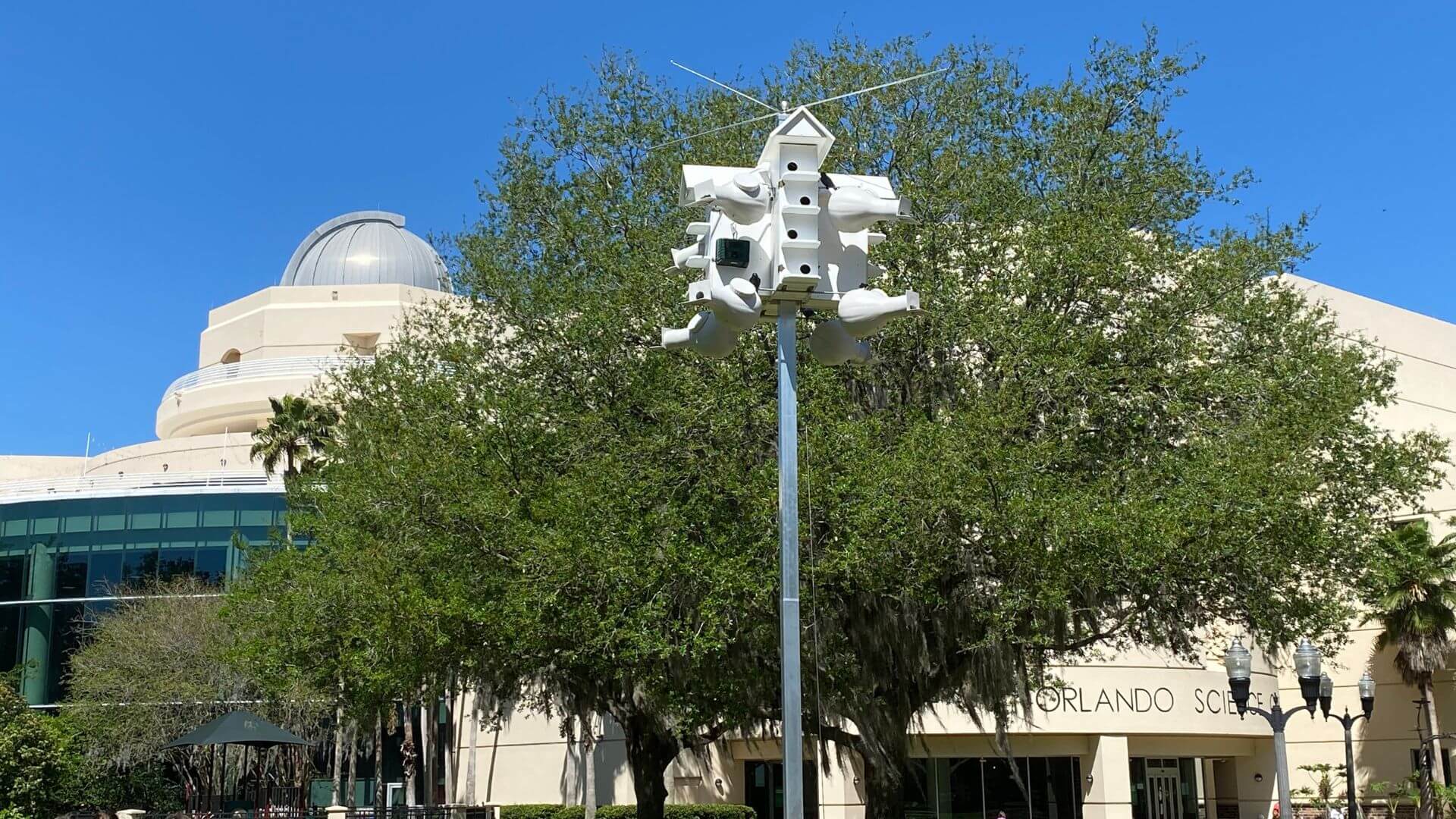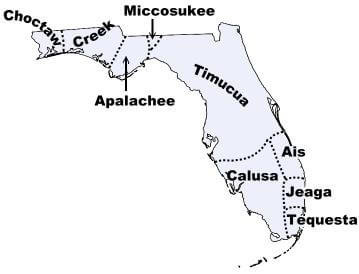Learn how Native American tribes shaped Purple Martin birds and their nesting habits
Did you know that Purple Martins famously don't build their own nests? You could almost call them people martins because they depend entirely on human-made nests to raise their chicks.
It’s been documented that when indigenous peoples would hang out their gourds to dry, Purple Martins started nesting inside them. They left them hanging up in their villages for the birds to live in. To this day, Purple Martins are one of the only bird species to prefer human-made houses over natural ones. Using what we’ve learned about how Native American tribes shaped Purple Martin birds, we can better practice conservation efforts for migratory birds.
Disney’s Animals, Science, and Environment department built a specialized Purple Martin house for Orlando Science Center. Our high-rise, park-front condo features 22 different nests for new martin parents to raise their young (and it’s already furnished!) Our house is located in Loch Haven Park, just outside the 4Roots Cafe.

What Native tribes housed Purple Martins?
Martins are migratory birds. They spend the winter and fall in Brazil and make their way to Florida every spring!
Florida is home to several tribes of Indigenous peoples. Each Native tribe is unique, and their people lived in different regions and spoke different languages.
Using the Native Land App on your Apple or Android device, you can find out what Native Land you currently live on. Orlando Science Center is located on Timucua land!
Learn about some of the most historically documented Native American tribes in Florida!
The Seminole (Creek) tribes are well known for their beautiful woodcarvings, beadwork, and baskets.
The Choctaw tribes were known for their colorful clothing. The women typically wore multi-colored dresses or wrap-around skirts and the men wore colorful shirts made of woven fibers
The Timucua were known to have more permanent villages than the other tribes. Each family had their own home but the cooking took place in the village and meals were held daily in a central location
The Calusa are considered to be the first "shell collectors." Shells were discarded into large mounds. Unlike other Indian tribes, the Calusa did not make many pottery items
The Jeaga are hunter-gatherers who subsisted mostly on sea turtles and oysters, as well as conch, fish, deer, raccoon, manatee, alligator and shark. They also collected wild plants including coco palms, sea grapes and palmetto berries
The Tequesta used shells and sharks' teeth for a variety of tools. These included hammers, chisels, fishhooks, drinking cups, and spearheads. Sharks' teeth were used to carve out logs to make canoes
The Apalachees played a ball game that was a religious exercise as well as a sport. One village would challenge another to a match, and the two teams would have up to 100 players each. They used a hard clay ball about the size of a golf ball covered with buckskin. Players propelled the ball with their feet toward the goal post which was a pole topped with a stuffed eagle in a nest. They played the ball game in the spring and summer, and dedicated it to the gods of rain and thunder to ensure rain for their crops.
The Miccosukee historically are farming people. Miccosukee women did most of the farming, harvesting crops of corn, beans, and squash. Miccosukee men did most of the hunting and fishing, catching game such as deer, wild turkeys, rabbits, turtles, and alligators. Miccosukee included cornbread, soups, and stews in their meals
The Ais are one of many tribes, consisting of several hundred thousand people that lived in Florida prior to first contact with Ponce de Leon and the Spanish in 1513. The Ais tribes fished using hooks made from the toe bones of deer they had hunted, taking full advantage of the great catches available off the coast of Florida

